Guide To The Common Causes Of Varicose Eczema
Varicose eczema is a chronic skin condition affecting the lower legs. As it often occurs alongside varicose veins, the complications from it are also often similar to those that occur with varicose veins. While the problems tend to continue for a long-term period and lack a cure, patients can manage symptoms through an effective treatment plan.
Symptoms include the itchiness, redness, swelling, and dryness found in eczema. It's also common for the legs to become swollen, particularly after a lot of time standing. Other symptoms include pain, other types of eczema, and brown skin discoloration.
Deep Vein Thrombosis
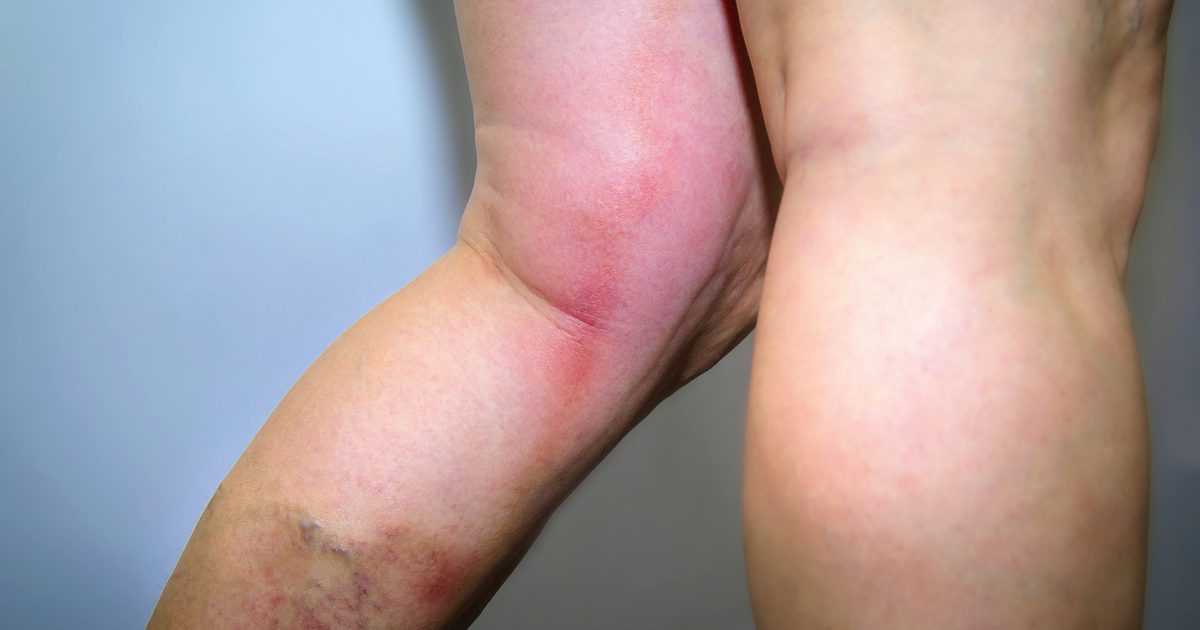
Deep vein thrombosis (DVT), which refers to a blood clot formed inside a vein deep within the body, can often occur alongside varicose veins and varicose eczema. Though deep vein clots can occur in many different parts of the body, they're most likely to occur in the thigh or lower leg. When the vein surrounding the clot swells, doctors refer to the condition as thrombophlebitis. Deep vein thrombosis can be dangerous if it breaks loose, as it can then travel to the lung and cause a potentially life-threatening pulmonary embolism.
If individuals sit still for long periods, they're more likely to develop deep vein thrombosis. Certain disorders and medications that increase the risk of blood clots have the potential to cause deep vein thrombosis. Some of the most common symptoms are tenderness and a feeling of warmth above the vein, swelling or pain in the affected portion of the body, and redness of the skin. This condition is treated with medication to break up the clots.
Venous Insufficiency
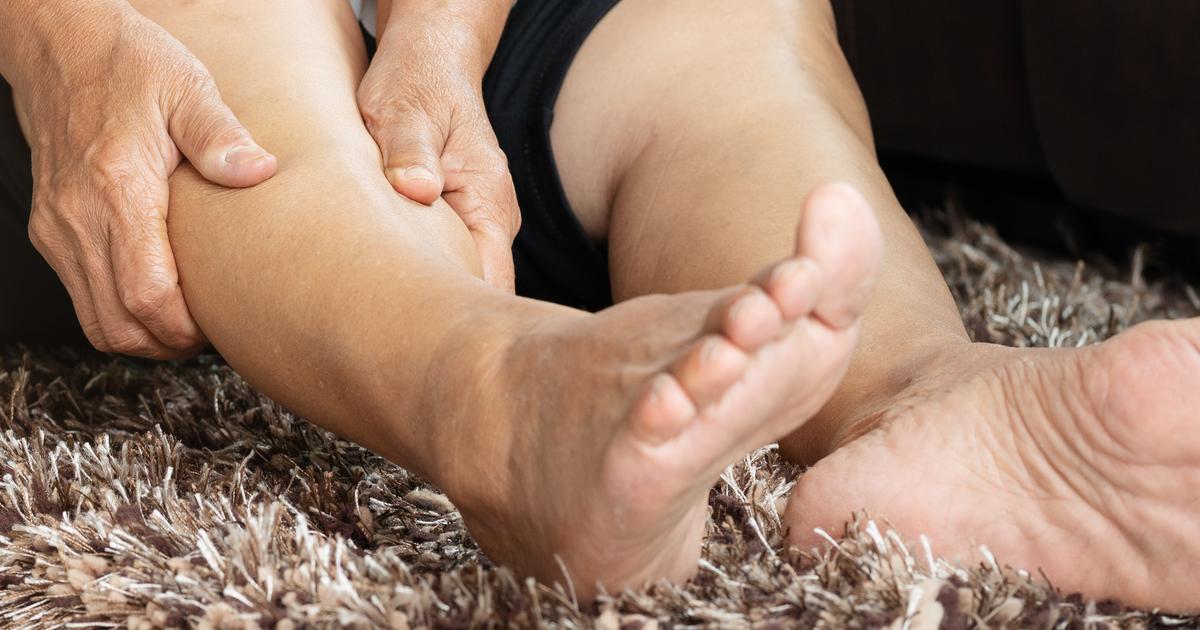
Venous insufficiency occurs when the valves or venous walls in the leg veins don't work as effectively as they should. When this issue continues over some time, doctors call it chronic venous insufficiency (CVI). Since the circulatory system in the legs is not allowing blood to flow efficiency, it's hard for blood to move back to the heart after it reaches the legs. Gravity pulls it down, and the valves in the veins don't effectively push it back up. An individual with CVI experiences pooling of blood in the legs, which is referred to as stasis.
The circulatory system in the legs has one-way valves to push blood from the bottom of the legs back up to the heart. But with chronic venous insufficiency, these valves are too damaged to push the blood up. The damage might be caused by a variety of issues including extended sitting, aging, and reduction in mobility. The additional blood in the leg causes the blood to have a much higher blood pressure than is safe or healthy for long periods, which is part of what causes varicose eczema.
High Blood Pressure
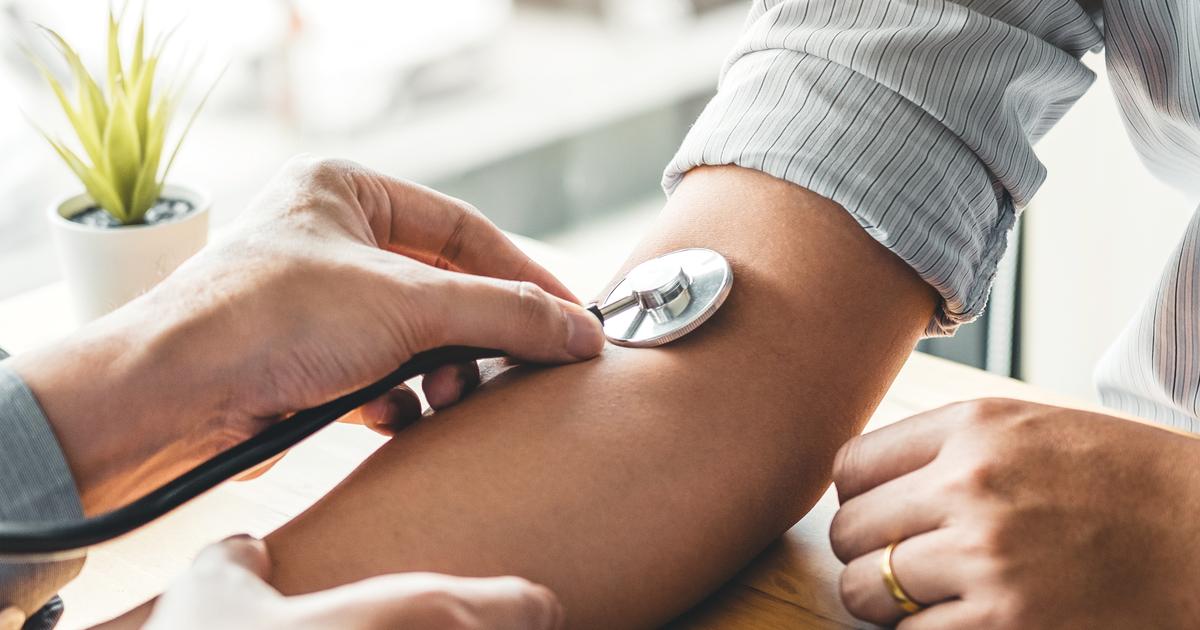
High blood pressure has a big impact on the development of varicose eczema, and even if it doesn't create the problem to begin with, it can worsen varicose eczema and varicose veins that already exist. An individual might have high blood pressure throughout their body, which is troubling for their blood flow and overall cardiovascular health. But some individuals only have high blood pressure inside their legs. Damaged leg valves lead to pooling blood and much higher pressure against the venous walls than there's supposed to be.
The increased pressure can cause varicose veins, varicose eczema, and ulcers to develop. If ulcers develop, they tend to appear around the ankles where the pooling of blood is most severe. When patients see their doctor about potential varicose eczema, they should tell them if they have a prior history of high blood pressure. The doctor might check the patient's pulse from their foot and check to see whether compression stockings can be used to help.
Varicose Veins
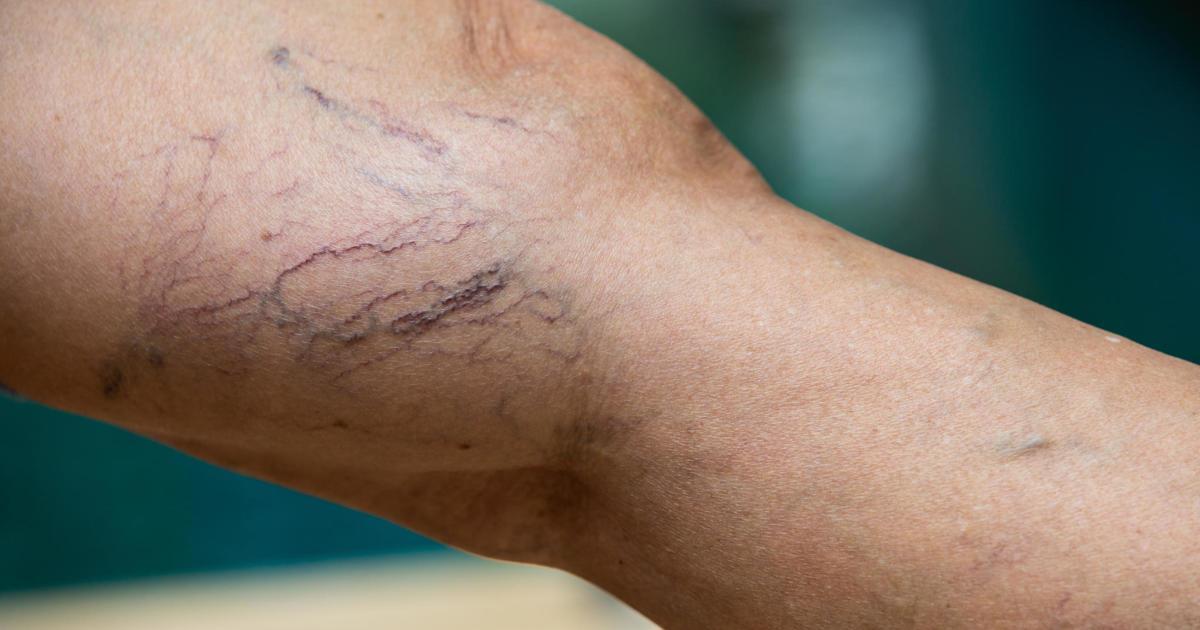
Varicose veins are the most common condition to co-occur alongside varicose eczema. These veins are twisted and enlarged, and they may appear bulging and be blue or purple. It's possible to develop varicose veins in any part of the body, but it's most common in the legs because of the potential for increased pressure. When individuals walk upright and stand for long periods, the pressure in their leg veins increases.
Many individuals don't experience concern about their varicose veins beyond the cosmetic, but some experience aching, heaviness, and pain in the legs. Varicose veins can also cause more serious complications, just one of which is varicose eczema. Patches of varicose eczema might develop around or near the varicose veins. The treatment recommended for varicose veins will depend on symptoms and a doctor's judgment. Some doctors will recommend procedures to remove or close the varicose veins, whereas others might be fine with simple at-home self-care measures.
Lack Of Exercise
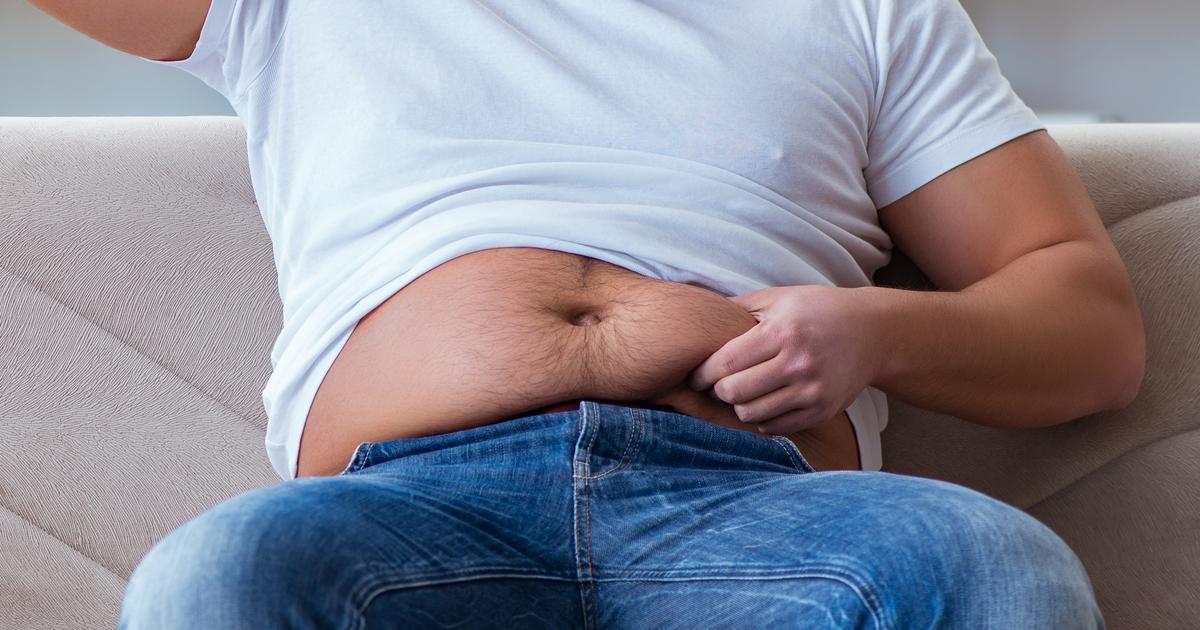
A lack of exercise can sometimes be part of the development of varicose eczema. Failing to exercise won't cause individuals to develop this type of eczema by itself, but when it leads to chronic increased pressure in the legs, an individual's risk goes up significantly. Standing or sitting in one position for long periods causes blood to pool in the legs and for pressure in the lower body to increase.
When individuals walk, run, or engage in light exercise, they help speed up their circulatory system and encourage blood flow. Moving the legs prevents the body from suffering stasis from pooled blood in the feet, since the movement causes the blood to flow again. Exercise won't cure the problems caused by damaged valves, but it can do wonders for an individual's cardiovascular system. If individuals want to improve their circulation, their first action should be to exercise and elevate their feet more often.
